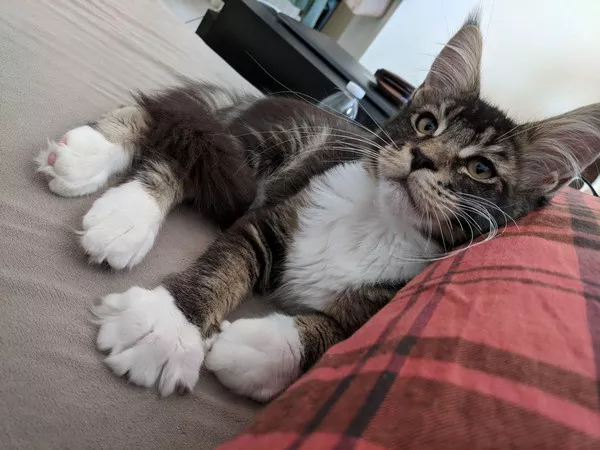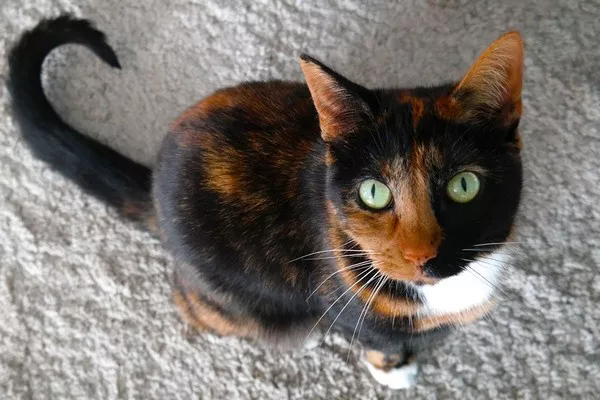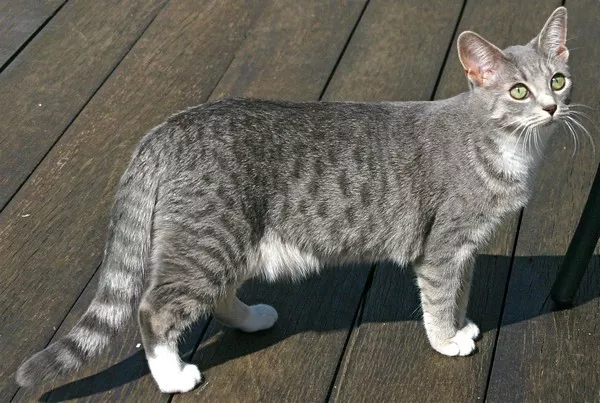Caring for our feline companions involves making thoughtful choices about their nutrition. With various cat feeding methods available, cat owners navigate the landscape of kibble, wet food, and raw diets to provide optimal nourishment for their furry friends. In this comprehensive guide, we delve into the pros and cons of three common cat feeding methods, shedding light on the factors to consider when choosing the right approach for your cat’s well-being.
1. Dry Cat Food (Kibble):
Pros:
Convenience:
Kibble stands out for its unparalleled convenience. It’s easy to store, has a long shelf life, and simplifies feeding routines, making it an ideal choice for busy cat owners.
Dental Health:
The act of chewing dry kibble can contribute to dental health by helping reduce plaque and tartar buildup. Some kibble products are specially formulated to promote oral hygiene.
Cost-Effective:
In many cases, dry cat food is more budget-friendly than wet or raw alternatives. This affordability makes it a practical option for cat owners looking to provide a balanced diet without breaking the bank.
Cons:
Low Moisture Content:
One significant drawback of dry cat food is its low moisture content. Cats often have a low thirst drive, and a diet lacking in moisture can contribute to urinary tract issues and dehydration.
Limited Protein Source:
Some lower-quality kibble may have a higher percentage of plant-based proteins, which may not align with a cat’s natural dietary needs. High-quality protein sources are crucial for feline health.
Processing and Additives:
The processing involved in creating kibble may lead to the loss of some essential nutrients. Additionally, some commercial dry cat foods contain additives and preservatives that may not be ideal for long-term feline health.
2. Wet Cat Food:
Pros:
Hydration Boost:
Wet cat food is an excellent source of moisture, addressing the hydration needs of cats. This can be particularly beneficial for cats prone to urinary tract issues.
Palatability:
Many cats find wet food more palatable due to its meaty texture and strong aroma. This can be advantageous for picky eaters or cats with dental issues that may struggle with dry kibble.
Nutrient Retention:
The canning or pouching process used in wet cat food may help retain more nutrients compared to the high-heat processing involved in some dry kibble.
Cons:
Short Shelf Life:
Wet cat food typically has a shorter shelf life once opened, requiring refrigeration and diligent monitoring to prevent spoilage. This can be less convenient for some cat owners.
Cost Consideration:
On average, wet cat food tends to be more expensive than dry kibble. While it offers hydration benefits, cat owners may need to weigh the cost against their budget constraints.
Dental Health Concerns:
While wet food may be more palatable, it lacks the dental benefits associated with chewing dry kibble. Cat owners may need to implement additional strategies for maintaining dental health.
3. Raw Cat Food:
Pros:
Species-Appropriate Diet:
Raw cat food, often referred to as a “biologically appropriate” diet, closely aligns with a cat’s natural dietary needs as obligate carnivores. It provides a rich source of animal-based proteins and fats.
Potential Health Benefits:
Advocates of raw diets for cats claim potential health benefits, including shinier coats, healthier skin, improved digestion, and reduced risk of certain health issues. However, scientific evidence supporting these claims is limited.
Dental Health and Chewing Exercise:
The act of chewing on raw meat and bones can contribute to dental health and provide cats with the opportunity for natural chewing exercise.
Cons:
Nutritional Imbalance:
Achieving a nutritionally complete and balanced raw diet requires careful planning and consideration. Cats may miss out on essential nutrients if the diet is not well-formulated.
Bacterial Contamination:
Raw meat poses a risk of bacterial contamination, which can affect both the cat and its owner. Proper handling, storage, and hygiene practices are crucial to mitigate this risk.
Time-Consuming Preparation:
Preparing a balanced raw diet can be time-consuming and may require significant effort. Some cat owners find it challenging to consistently provide a well-formulated raw diet.
Factors to Consider When Choosing a Feeding Method:
Cat’s Age and Health Status:
Kittens, adult cats, and senior cats have varying nutritional needs. Additionally, cats with specific health conditions may require specialized diets. Consult with a veterinarian to tailor the feeding method to your cat’s individual requirements.
Cost Considerations:
Budget constraints can play a significant role in determining the most suitable feeding method. Consider the long-term costs associated with each method, including food, veterinary care, and potential health implications.
Owner’s Lifestyle:
The owner’s lifestyle and schedule influence the practicality of different feeding methods. Busy schedules may lean toward the convenience of kibble, while those with more time may explore raw diets or combination feeding.
Cat’s Preferences:
Cats, with their unique personalities, may have preferences for certain textures and flavors. Observing your cat’s preferences can guide your decision-making process.
Conclusion
Choosing the right feeding method for your cat involves a thoughtful consideration of their age, health, preferences, and your lifestyle. Each feeding method comes with its own set of advantages and drawbacks, and there is no one-size-fits-all solution. By understanding the pros and cons of dry kibble, wet food, and raw diets, cat owners can make informed decisions that prioritize the nutritional needs and well-being of their feline companions. Consultation with a veterinarian is paramount in creating a tailored feeding plan that ensures your cat thrives and enjoys a long, healthy life.











![Do Birman Cats Like to Cuddle? [Revealed!]](https://www.catsmeowweb.com/wp-content/uploads/2023/06/burmese-cat-23.webp)















